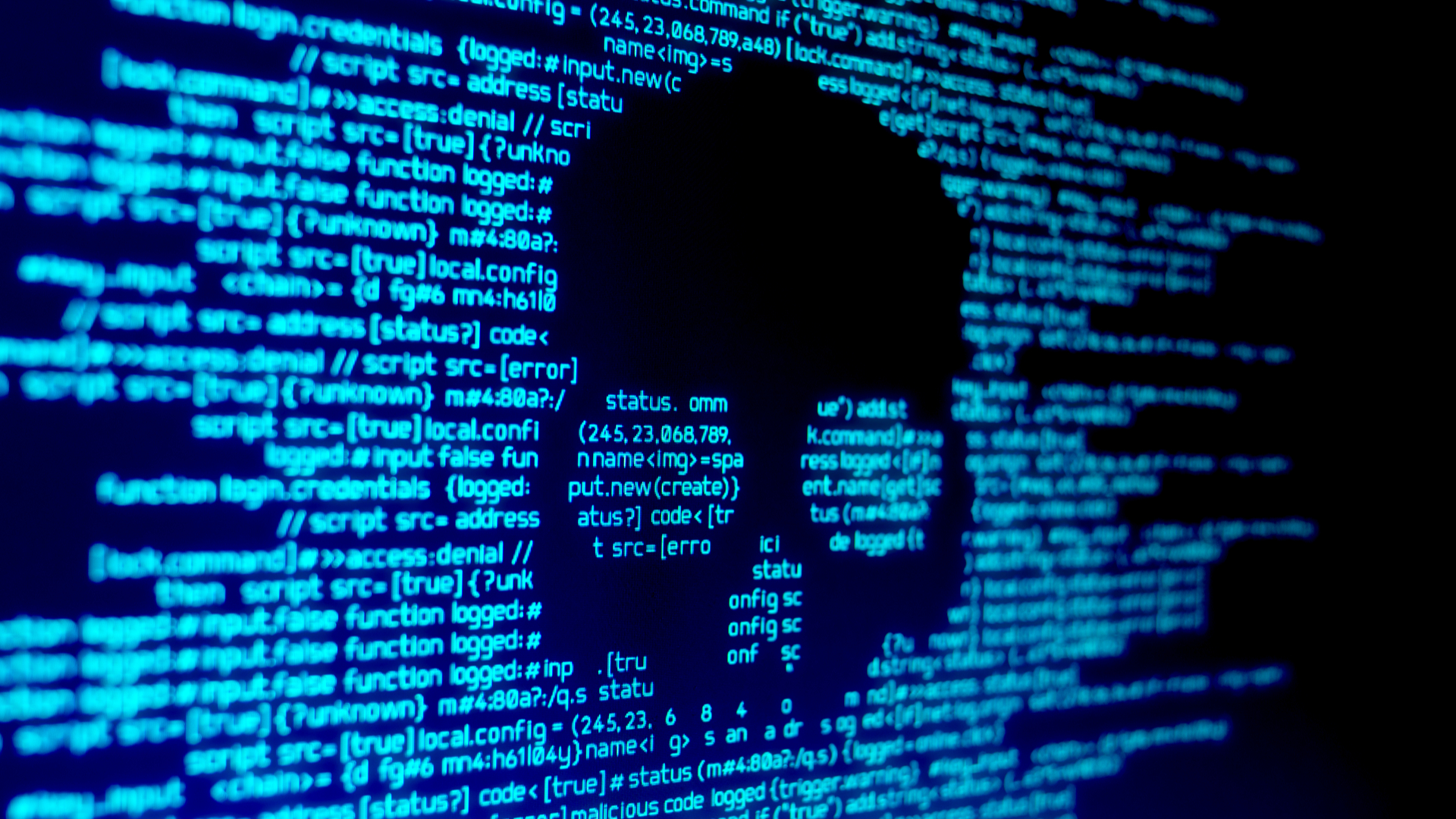Lazarus blamed for 3CX attack as byte-to-byte code match discovered
Additional analysis suggested 3CX developer teams ignored "red flags"


Continued analysis of the supply chain attack at business communications provider 3CX has revealed a byte-by-byte match in code between that found in the trojanised 3CX program and North Korean state-sponsored hacking group Lazarus.
The revelation marks the first specific attribution for the attack. When first announced, the evidence simply pointed broadly to a North Korean threat actor.
Researchers from Sophos published the discovery, saying code found in the portable execution (PE) shellcode loader used in the 3CX attack has only ever been seen in attacks attributed to the Lazarus group.
"The code in this incident is a byte-to-byte match to those previous samples," it said in its blog post which was updated on Thursday evening.
3CX developers 'missed red flags'
Security researchers from ReversingLabs found that 3CX had missed signs that its client had been tampered with before releasing an update.
They compared two macOS installer packages, the last known safe version and the first known compromised version, and found several "red flags" that prompted a deeper investigation.
ReversingLabs said its own software indicated that a Microsoft digitally signed binary was modified after signing without breaking the signature integrity, something that could not happen by accident during the build process.
Sign up today and you will receive a free copy of our Future Focus 2025 report - the leading guidance on AI, cybersecurity and other IT challenges as per 700+ senior executives
"Developers would have had to make a conscious choice to implement a change like this, and that would never happen for a software component they own," the researchers wrote.
"Other indicators of malicious intent were hard to come by as the malware hides itself as a statically linked function with ffmpeg library. But even without observing the malware execute, there are enough suspicious goings-on just in the diff between the two 3CXDesktopApp updates to warrant a deeper investigation."
The researchers added that there was "no sensible explanation" for their observation that RC4-encrypted shellcode was added to the signature appendix of the package's d3dcompiler and a reference to the compiler's library in the installer's ffmpeg library.
This process suggested to malicious activity had taken place, and was later proven in the attack's analysis.
ReversingLabs' analysis of the compromised package's metadata concluded that the attack was likely facilitated by a compromise of an open source repository, and that 3CX could have spotted this in the development process.
The company's researchers said they believe that a repository on which 3CX's Electron app relies was tampered with.
Such attack scenarios have become popular in recent years, with attacks on PyPI, PyTorch, and npm all making headlines.
The compromised DLL files, ffmpeg and d3dcopiler_47, are shipped with the Electron open source framework as standard and are unlikely to trigger alerts from security products.
Also, d3dcopiler_47 is signed with a Microsoft certificate, one that has no known reports of issues, meaning endpoint protection software, in most cases, would see it as safe.
"ReversingLabs' analysis of the modifications made to the company’s 3CXDesktopApp suggest that there were telltale signs of tampering with the company’s desktop client software prior to its release," it said in a blog post shared with ITPro.
"Had these signs been noticed during development, it should have triggered a closer analysis of the software release and, possibly, discovery of the breach and malicious code additions."
3CX CEO offers update
3CX's CEO Nick Galea revealed on 31 March that the company knew about the issue as far back as 22 March after it received an alert from SentinelOne.
RELATED RESOURCE

Accelerate full-stack web and mobile app development
Three tips proven to help teams build modern apps faster
The company uploaded the supposedly malicious file to the VirusTotal malware detection platform to verify the report.
Galea said that the service didn’t show that the file had malware, even displaying an indicator from SentinelOne on the platform that it was fine. 3CX repeated this a week later on 29 March and received the same results.
3CX realised it had been breached later that day and has now recruited incident response specialist Mandiant to investigate the incident.
On 30 March, the company confirmed its desktop software had been tampered with, and said it could have been carried out by a state-sponsored attacker. Customers were encouraged to uninstall the app, and reinstall a version which wasn’t impacted by the malware.
Zach Marzouk is a former ITPro, CloudPro, and ChannelPro staff writer, covering topics like security, privacy, worker rights, and startups, primarily in the Asia Pacific and the US regions. Zach joined ITPro in 2017 where he was introduced to the world of B2B technology as a junior staff writer, before he returned to Argentina in 2018, working in communications and as a copywriter. In 2021, he made his way back to ITPro as a staff writer during the pandemic, before joining the world of freelance in 2022.
-
 Anthropic says MCP will stay 'open, neutral, and community-driven' after donating project to Linux Foundation
Anthropic says MCP will stay 'open, neutral, and community-driven' after donating project to Linux FoundationNews The AIFF aims to standardize agentic AI development and create an open ecosystem for developers
-
 Developer accidentally spends company’s entire Cursor budget in one sitting
Developer accidentally spends company’s entire Cursor budget in one sittingNews A developer accidentally spent their company's entire Cursor budget in a matter of hours, and discovered a serious flaw that could allow attackers to max out spend limits.
-
 Capita handed £50m London police contract weeks after losing pension data
Capita handed £50m London police contract weeks after losing pension dataNews The outsourcer will provide digital fraud reporting services after its cyber incident disclosure drew criticism
-
 Supercharge trust for operations
Supercharge trust for operationsWhitepaper Innovating through uncertainty
-
 Western Digital suffers cyber attack, shuts down systems
Western Digital suffers cyber attack, shuts down systemsNews Customers are taking to Twitter to report they’re unable to log into their storage products through Western Digital’s online portal
-
 3CX CEO suggests state-sponsored hackers behind supply chain malware attack
3CX CEO suggests state-sponsored hackers behind supply chain malware attackNews The VoIP company has confirmed that its desktop app has been infected with malware and urged customers to uninstall it until the new version is released
-
 Some GitHub users must take action after RSA SSH host key exposed
Some GitHub users must take action after RSA SSH host key exposedNews One cloud security expert likened the incident to the infamous HeartBleed bug from 2014
-
 Latitude hack now under state investigation as customers struggle to protect their accounts
Latitude hack now under state investigation as customers struggle to protect their accountsNews The cyber attack has affected around 330,000 customers, although the company has said this is likely to increase
-
 Four-year-old iframe flaw allows hackers to steal Bitwarden passwords
Four-year-old iframe flaw allows hackers to steal Bitwarden passwordsNews The password manager has known about the issue since 2018, publicising it in a report in 2018
-
 WH Smith hit by cyber attack, current and former staff data accessed
WH Smith hit by cyber attack, current and former staff data accessedNews The company stated that it is notifying staff members who have been affected
